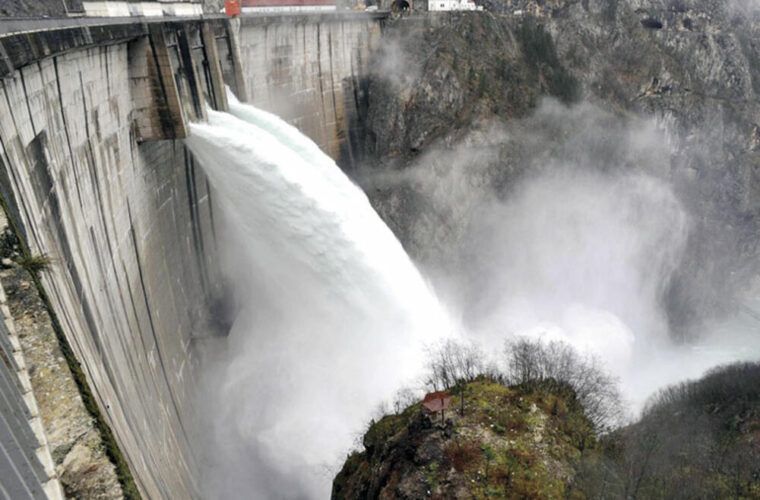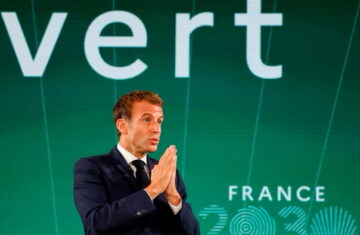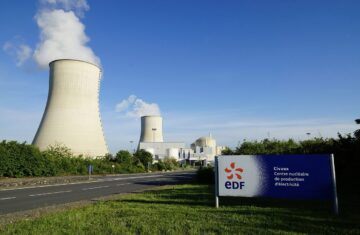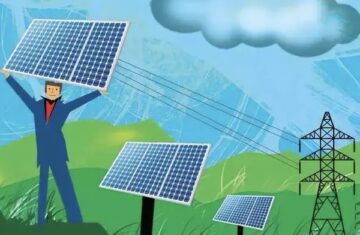Montenegro is poised to significantly enhance its renewable energy capacity, with solar and wind projects in the pipeline totaling 4,000 megawatts (MW). This announcement was made by Admir Šahmanović, the Minister of Mining, Oil and Gas, during the Economic Dialogue Montenegro-Italy round table. The minister emphasized the need for stronger cooperation between Montenegro and Italy in the energy sector.
The planned projects aim to increase Montenegro’s energy production capacity from the current 1 GW to 5 GW, marking a substantial step toward energy transition and long-term supply stability. Šahmanović highlighted Montenegro’s exceptional investment opportunities in renewable energy, noting that the country is strategically positioned for growth in this sector.
At the upcoming Belgrade Energy Forum on May 14 and 15, Šahmanović is expected to further discuss these initiatives and their implications for regional energy security.
A key aspect of Montenegro’s energy strategy involves expanding power interconnections with Italy through a second subsea cable. This additional line would enhance transmission capacity and bolster energy security in the region. Since its inception in 2019, the existing underwater cable has facilitated reliable electricity transmission between the Balkans and the European Union.
Šahmanović remarked that the second line would not only strengthen energy security but also promote greater integration of renewable energy sources within the regional grid.
In addition to renewable energy, Šahmanović identified the mining sector as another area ripe for collaboration with Italy. He stressed the necessity for a comprehensive analysis of Montenegro’s mineral resources, which could be developed under strict sustainability standards. The minister underscored the importance of strategic partnerships to modernize the mining sector while adhering to high environmental standards.
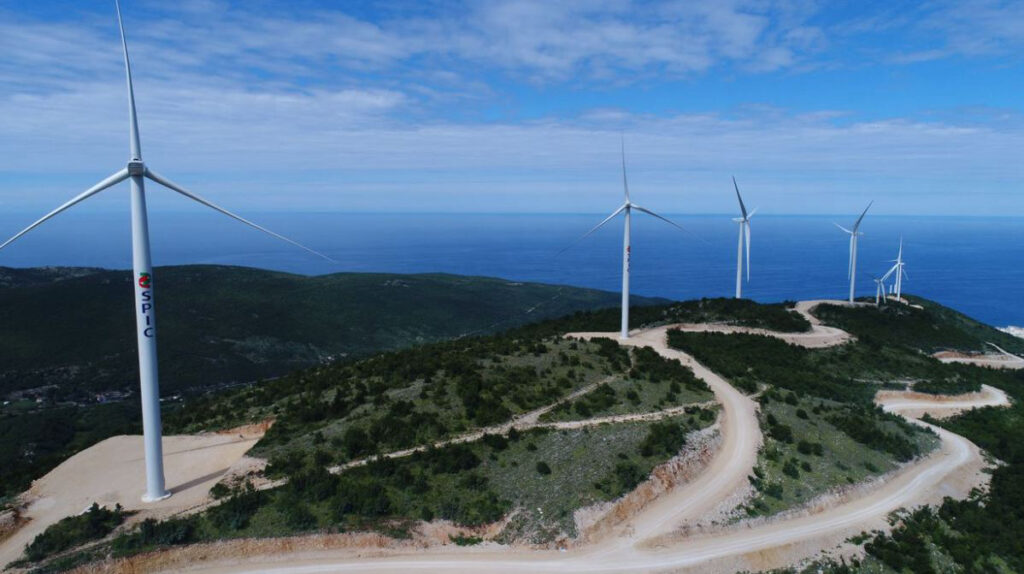
The round table, organized by the Embassy of Italy and the Italian Trade Agency (ICE) in collaboration with the Chamber of Commerce of Montenegro, aims to foster long-term cooperation in various sectors, including energy, agriculture, and infrastructure. Italian Ambassador Andreana Marcella expressed optimism about achieving concrete results from the discussions, while ICE manager Antonio Ventresca noted that the event marks the beginning of a fruitful partnership.
Montenegro’s ministers of ecology and tourism, Damjan Ćulafić and Simonida Kordić, also attended the event, highlighting the government’s commitment to enhancing bilateral relations with Italy.
Montenegro’s ambitious plans for expanding its renewable energy capacity and strengthening regional power interconnections reflect the country’s commitment to a sustainable energy future. As the nation seeks to attract investment and forge strategic partnerships, cooperation with Italy will be crucial in realizing these goals.
